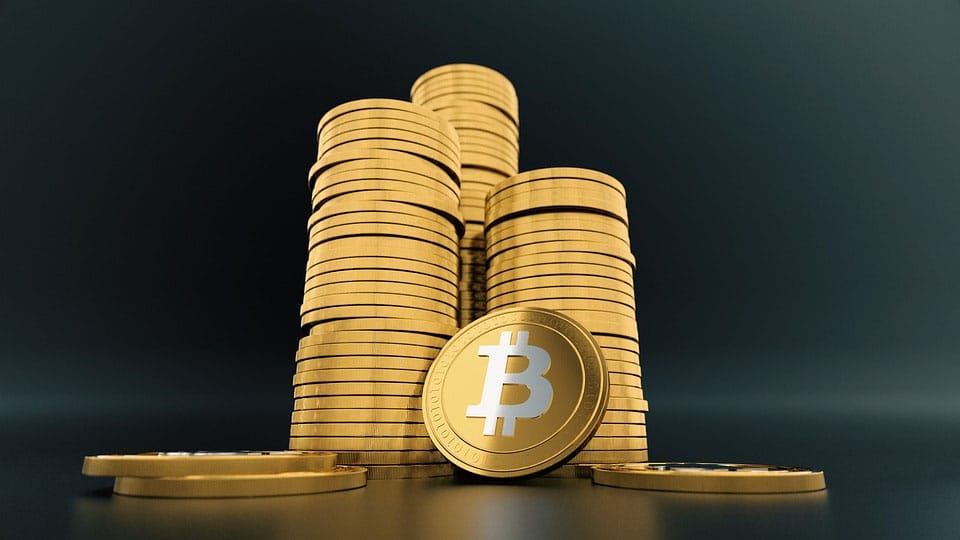Bitcoin has grown in popularity among today’s consumers over the past few years, particularly in the United States. Many discussions have been placed throughout this period regarding Cryptos proponents believe that they shape the future of money and trading. At the same time, their critics argue that they are hazardous target markets that would not produce significant returns.
We must examine its most recent fluctuations to get a better understanding of its actual current worth. Most recently, Bitcoin’s market cap has risen by more than 763 percent in only one year, significantly surpassing conventional market gains. More and more individuals are becoming believers in Bitcoin’s potential as a decentralized, global reserve currency. One significant tailwind, in particular, is the adoption of Bitcoin by several well-known people and companies. With no question, Bitcoin is gaining ground in terms of popularity, and popularity is growing. Several recent events have led to the abrupt appreciation in the prices of Bitcoin, and supporters of the currency believe that was just the starting of its stratospheric ascent.
The question is, what is bitcoin, or how can you tell whether it’s a good financial decision to make it your primary investment? Learn how to trade in Bitcoin with our step-by-step tutorial for novices. But before we actually dive in, register yourself on the Bitcoin Revolution, and learn more about the bitcoin trading system.
1. Select A Trading Platform
Bitcoin cannot be bought via your bank or investment company right now, but several companies are trying to make this a reality in the nearish term. For the time being, you’ll want to go via a cryptocurrency site to swap your United States dollars for Bitcoin or even other crypto wallets. There are dozens of digital currencies from which you may choose to purchase crypto on the internet, but some of the more famous ones include Coinbase, Gemini, and Kraken, to name a few examples. Bitcoin and cryptocurrency marketplaces are online marketplaces where anyone may purchase and sell currencies. The following are some criteria that you may use to help determine your look for the perfect system for your needs:
- Security
Unlike bank accounts guaranteed by the Federal Deposit Insurance Corporation (FDIC), cryptocurrency investments are not guaranteed by a central authority. Your investment may be lost if your password is hacked or if the system where your cryptocurrencies are stored is stolen. If you want to retain your cryptocurrency in an account statement instead of just transferring it to a personal wallet, be sure to pick an agency that utilizes offline storage facilities and has robust anti-theft safeguards. Aside from that, several exchanges have separate insurance plans in place to safeguard investors from possible hacking.
- Fees
Exchange costs may be very variable, and they may be imposed as a one-time set rate or as a % of your trading volume. Fees may be calculated depending on the market’s volatility, and many are paid for each activity. While costs can undoubtedly be considered, experts believe that you get what they pay for, mainly when subscribing to larger, more known exchanges like Coinbase and Bittrex. If an exchange offers additional safeguards, improved support, and other services that are essential to you, it may even be worth the price a little higher price for those benefits. Some exchanges impose fees dependent on a gap, or margin, on top of the ticket price calculated by the exchange. Depending on your region, a form of payment, and other variables, some companies charge a flat cost or a percent of your original price, while others charge a percentage of your cash back rewards.
- Coins That Are Currently Available
Not all financial institutions provide access to every single coin available. Prominent cryptocurrencies such as Bitcoin (BTC) and Ethereum (ETH) are accessible on most cryptocurrency exchanges. At the same time, smaller specialized altcoins might be featured on a limited number of exchanges, depending on the currency. Experts suggest keeping with these two significant cryptocurrencies and more popular exchanges like Coinbase should alleviate most novice investors’ concerns.
2. Deposit in to Your Account
To deposit with a digital currency, you may need to give data such as your Ssn, photo identification, and your source of revenue. Almost all bank deposits will allow you to link your checking account or bank transfer to switch dollars from your checking account to your eCommerce solution. Different costs may apply based on the sample you choose to cancel your subscription – card payments, for example, are usually less expensive than credit or debit card alternatives.
3. Make A Purchase Order
Once you’ve linked a credit card to your account, you’ll be able to place an order for Bitcoin, and depending on whatever exchange you are using, the procedure may be somewhat different. When utilizing a system like Coinbase or PayPal, you may often just input the sum in pounds that you wish to exchange for Bitcoin. Also, the service will automatically purchase it while you’re at the present level.
4. Make Use of Secure Storage
Many exchangers enable you to keep your deposit inside your wallet, which is the most convenient option for most novices. However, if you want to make your virtual currencies even safer, you may move them inside a bitcoin wallet.








Recent Comments